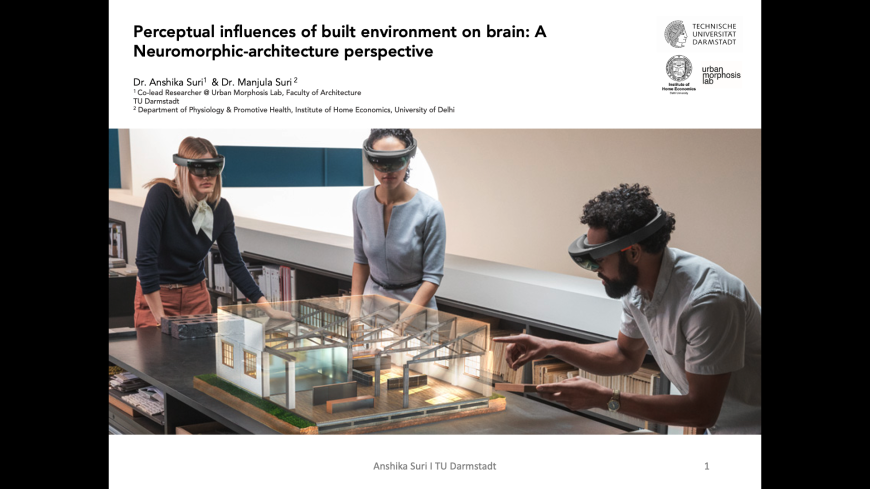Public health crisis and urban planning
Towards more inclusive, responsive, and sustainable urban spaces?
2022/03/15
Disruptions caused by COVID-19 pandemic in everyday lives has led praxis and academia to seek an in-depth understanding of the pivotal role architecture and built environment play in physical and mental wellbeing. Dr. Anshika Suri recently presented some socio-spatial measures for responsive and healthy built spaces for the most vulnerable social groups at the conferences that emphasized the importance of healthy and inclusive living spaces.
At the conference ‘SilverAge 2021: Do pandemics change the way we address age and ageing’, Dr Suri discussed perspectives on a public health crisis through planning healthy living spaces for older adults, rooted in public health guidelines and everyday routines of the geriatric population. She emphasized that negotiating urban health crises through a socio-spatial lens can alleviate physical, emotional and cognitive challenges that come with aging. The conference was supported by the United Nations’ International Institute on Aging.
The conference ‘Environments by Design: health wellbeing and place’ seeks to resurface dialogue on long-standing areas of research into health, wellbeing and healthy cities. Dr Suri presented the intersection of neuroscience research with planning and architectural design. Understanding of perceptual influences of built environment on the human brain, ‘neuro-architecture’, can provide architects, planners, health care providers, governance actors and development practitioners a theoretical framework to adapt and create more responsive, healthy and sustainable public and built spaces.







